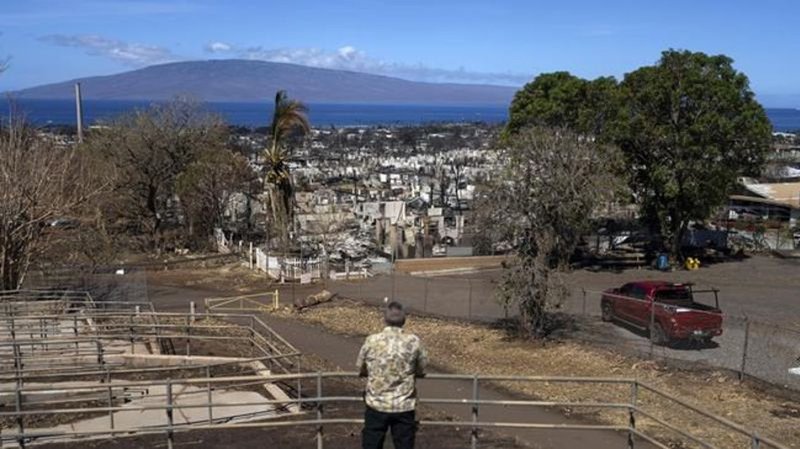
Communications breakdown left authorities in the dark and residents without alerts amid Maui fire
HONOLULU (AP) — As wildfires ripped across Maui last August, the head of the emergency management agency dragged his heels about returning to the island amid the unfolding crisis, while a broad communications breakdown left authorities in the dark and residents without emergency alerts, according to a report released Wednesday.
Communications problems were also encountered by the Hawaiian Electric Company, with officials unable to confirm that power lines were de-energized until well after the flames had caused widespread damage, the Hawaii Attorney General’s report said.
It is the second of two major assessments out this week of the deadliest U.S. wildfire in a century. A report released Tuesday by the Western Fire Chiefs Association detailed the unprecedented challenges facing the Maui Fire Department during an unprecedented series of blazes, including one that killed 101 people in the historic town of Lahaina.
The new report says that five days before the fire, meteorologists issued a dire warning that strengthening winds resulting from a hurricane south of Hawaii could create an extreme risk of wildfires across the islands on Aug. 8. “Confidence in the development of critical fire weather conditions this many days away is quite rare, and we believe that this warrants a heads up to you,” a National Weather Service forecaster said in an email to Hawaii fire contacts on Aug. 3.


